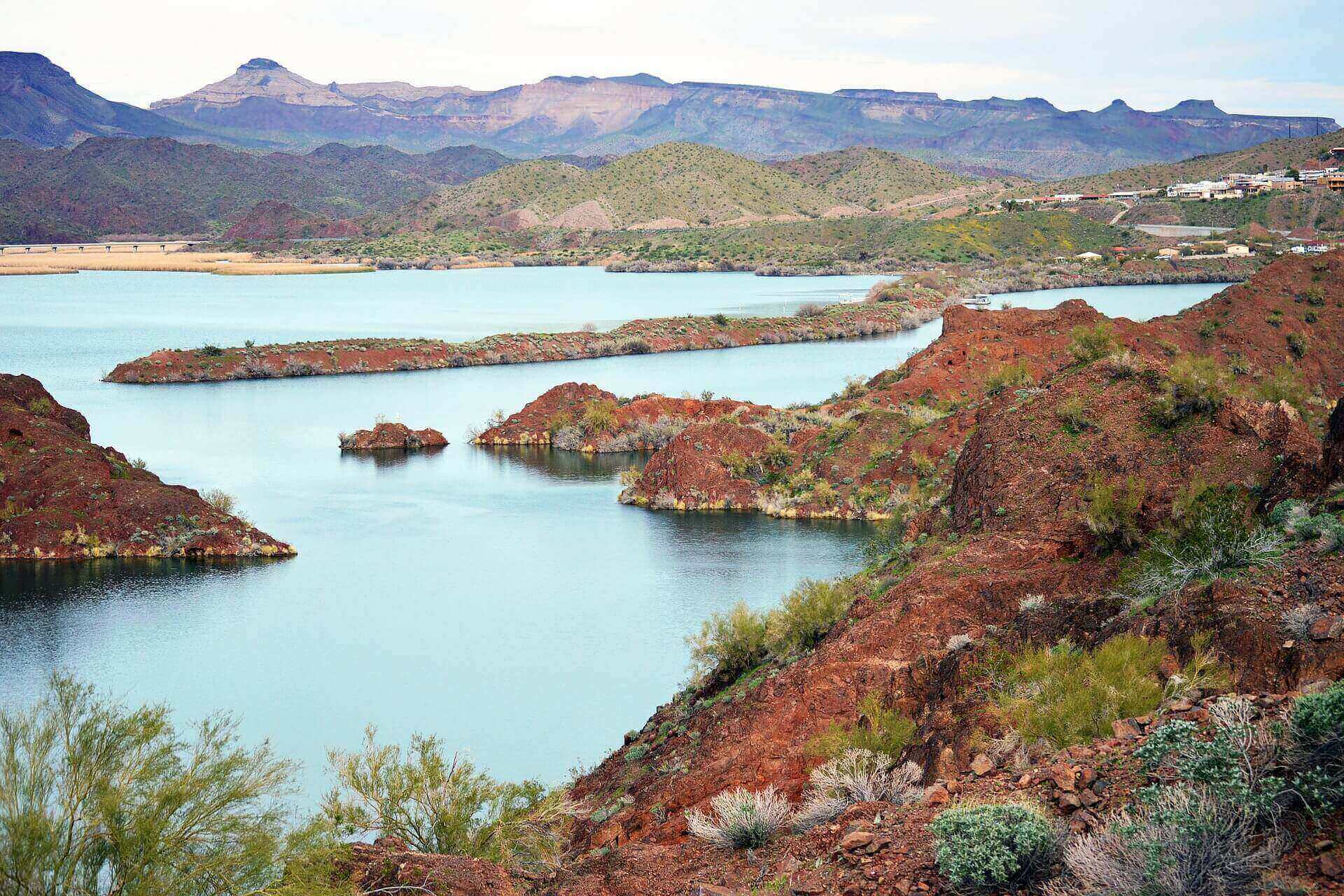
Exploration is the act of searching for the purpose of discovery of information or resources. Exploration occurs in all non-sessile animal species, including humans. In human history, its most dramatic rise was during the Age of Discovery when European explorers sailed and charted much of the rest of the world for a variety of reasons. Since then, major explorations after the Age of Discovery have occurred for reasons mostly aimed at information discovery.
In scientific research, exploration is one of three purposes of empirical research (the other two being description and explanation). The term is commonly used metaphorically. For example, an individual may speak of exploring the Internet, sexuality, etc.
The Phoenicians (1550 BCE–300 BCE) traded throughout the Mediterranean Sea and Asia Minor though many of their routes are still unknown today. The presence of tin in some Phoenician artifacts suggests that they may have traveled to Britain. According to Virgil’s Aeneid and other ancient sources, the legendary Queen Dido was a Phoenician from Tyre who sailed to North Africa and founded the city of Carthage.
During the 2nd century BC, the Han dynasty explored much of the Eastern Northern Hemisphere. Starting in 139 BC, the Han diplomat Zhang Qian traveled west in an unsuccessful attempt to secure an alliance with the Da Yuezhi against the Xiongnu (the Yuezhi had been evicted from Gansu by the Xiongnu in 177 BC); however, Zhang’s travels discovered entire countries which the Chinese were unaware of, including the remnants of the conquests of Alexander the Great (r. 336–323 BC).When Zhang returned to China in 125 BC, he reported on his visits to Dayuan (Fergana), Kangju (Sogdiana), and Daxia (Bactria, formerly the Greco-Bactrian Kingdom which had just been subjugated by the Da Yuezhi). Zhang described Dayuan and Daxia as agricultural and urban countries like China, and although he did not venture there, described Shendu (the Indus River valley of Northwestern India) and Anxi (Arsacid territories) further west.